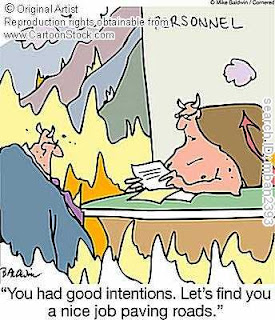For my social justice event, I attended a seminar about how the Twilight movies enforce all the things we “value” in society. The piece was hosted by Leslie Grinner, who developed the acronym S.C.W.A.M.P to help summarize all those said things valued. She connected all these things to the context of Twilight.
Some examples given are as follows.
Straightness: There are no homosexual relationships or encounters in the film series, even though the film is about vampires, which in folklore are lusty, usually bi-sexual creatures.
Christian: Edward agrees to take Bella’s soul only if they are married. He also refuses to have sex with him until they are married. Its apparent Edward cares more about keeping her pure than “alive.”
White: In the movies. All the characters are white; Bella the main character is the whitest in the movies. Boys across all races desire her, showing that whiteness is valued. She also chooses the white Edward over the Native American Jacob.
Able bodied: Only one character is in a wheelchair this whole movie. Bella also chooses the stronger Edward, who does not fail in a fight, unlike Jacob.
Male: This is ultimately a story of two boys who are fighting over Bella’s heart. The movie takes so much away from her that she becomes a prop rather than a character. She is controlled by the wishes of all the men around her and sacrifices’ everything to be with Edward.
Property Owner: Again, Bella chooses the wealthy Edward, over the physical laborer Jacob who lives on a reservation quite different from the Cullen mansion.
A few authors’ came to mind after hearing all this. One was Johnson, who says that when people of other races succeed we see them as “the African American who did what a white man could.” This is shown in the movie with Bella’s disbelief in Jacob’s ability to fight off the vampire army, even though werewolves are made to kill off vampires. She has no doubt in the white Edward and his family that she will be protected by him.

Another author is McIntosh, who writes about how whites are privileged. As stated before, there are barely any main characters besides Jacob, and the minor character of Laurent, who are not white. Even the Volturi, who are supposed to be foreign vampires centered in Italy, are white. All of the boys who meet Bella in forks want her, those boys being of white, black, Asian, and Native American decent, giving off the example that her whiteness is valued. She also ultimately chooses the white Edward. Below is a picture of all the couples of Twilight, all of which are white, straight, and privileged.

And finally, Christensen, who has the biggest influence in this discussion. Twilight has become a mass media icon, reaching across the country. Girls everywhere have posters and t-shirts with Edward and Jacob looking handsome and sexy on them. This is the new image of what a man should be, ripped, romantic, and dangerous. The modern day boy and man’s image has been changed and because of so, men are being forced to change because of the desire of these “Twi-hards.” Christensen would say that the secret education of these movies is that strong, dangerous men are sexy and overly desirable and that women should give up everything to be with them. Also there is no such thing as a valued homosexual relationship, and one must either be in or pursuing such a relationship in their lives are else they are “not normal.” Below we see the "sexy" Edward and Jacob.

Overall I found the seminar to be very insightful and empowering. I myself have read all the books and enjoy the story; however I have always been against seeing the movies because ether leaves stuff in the books out. I really found this all eye opening and have noticed I look for S.C.W.A.M.P in other mass media icons.











